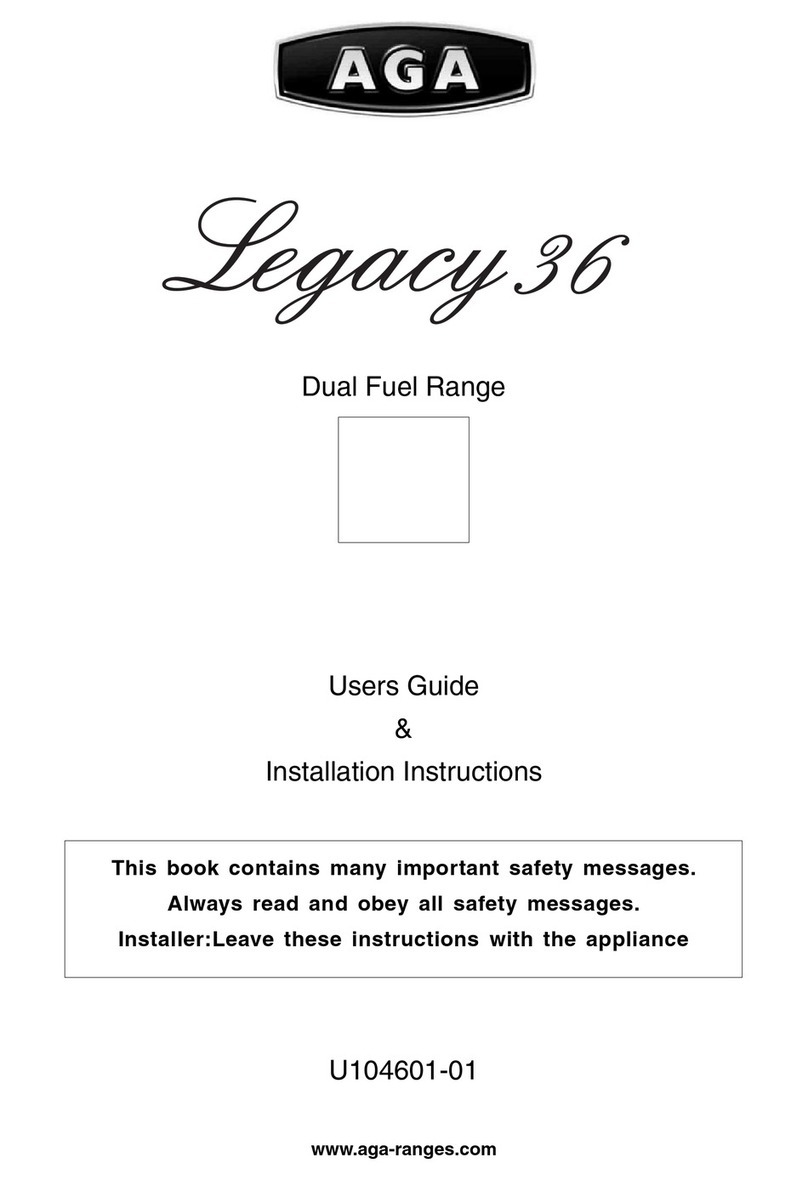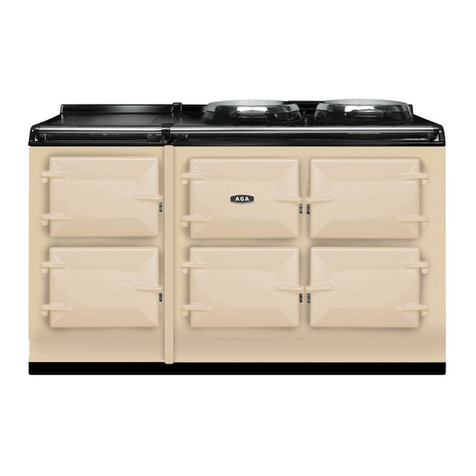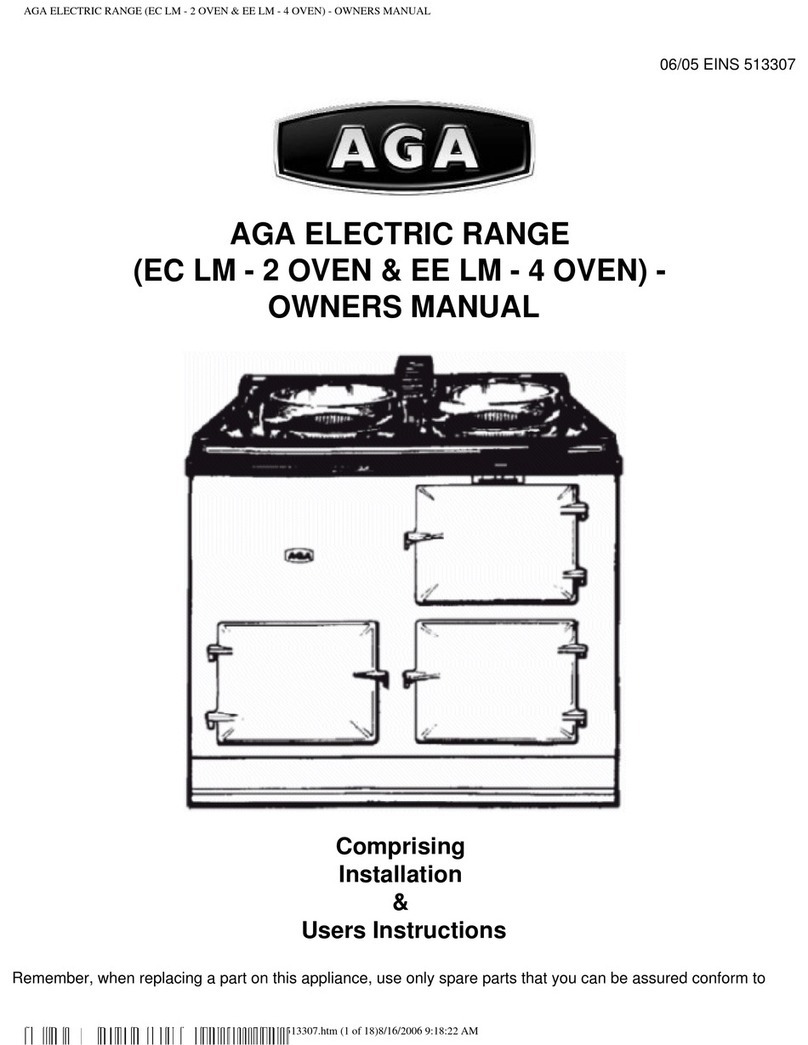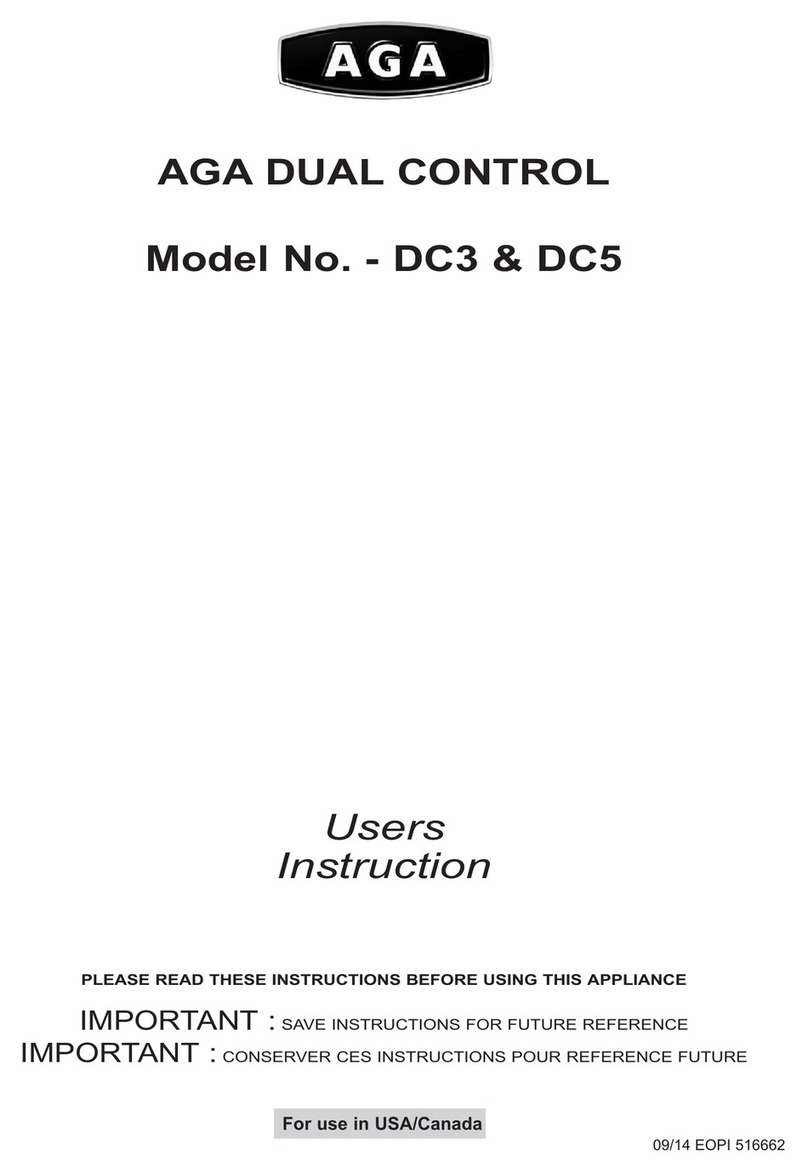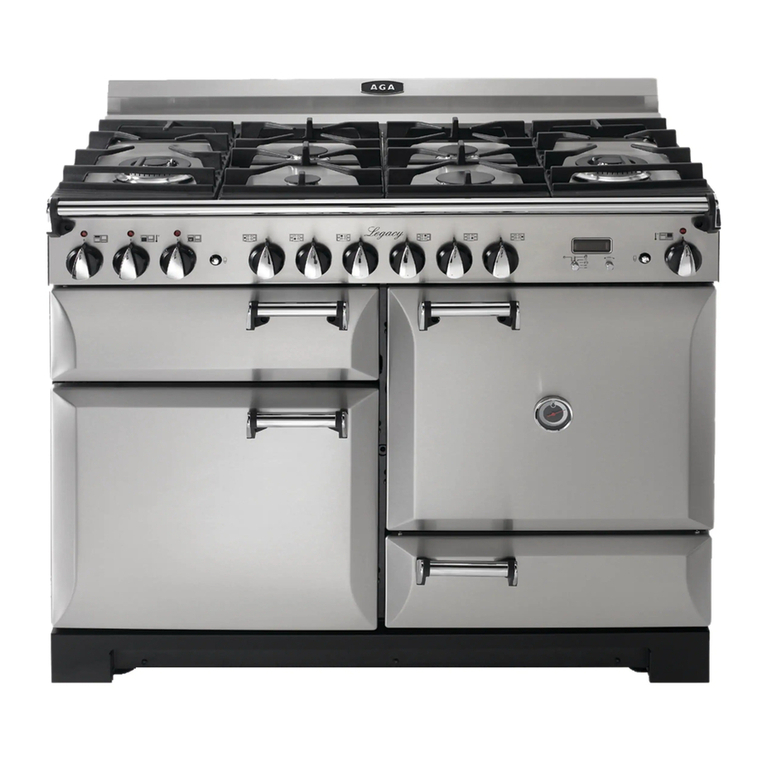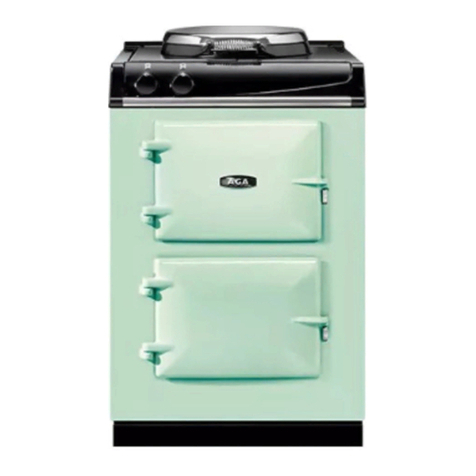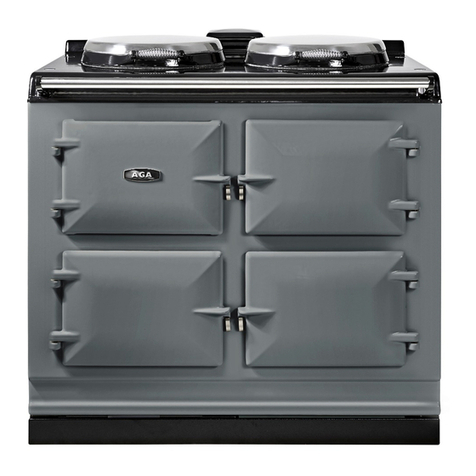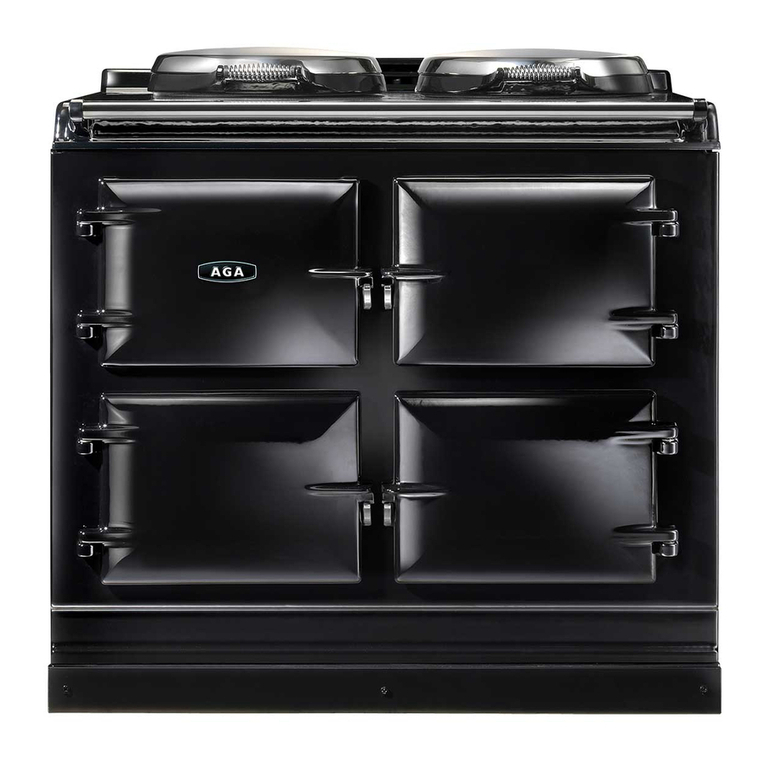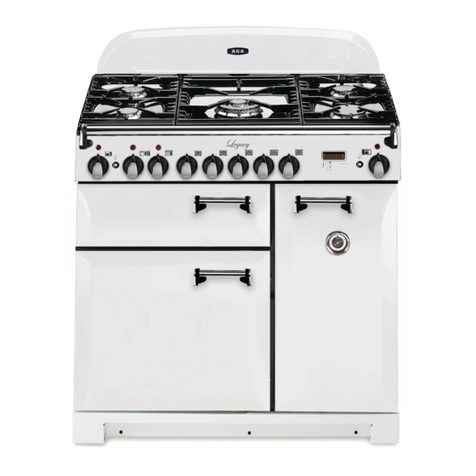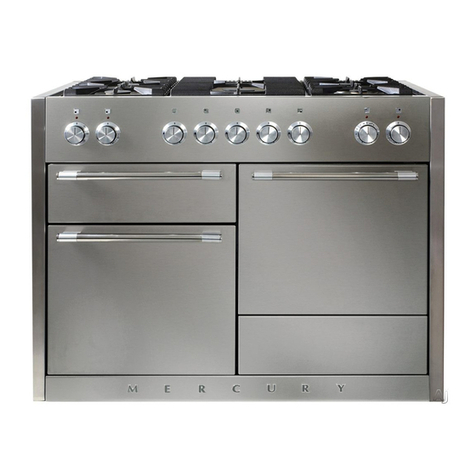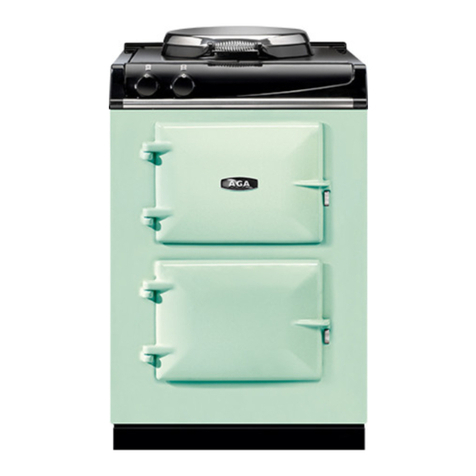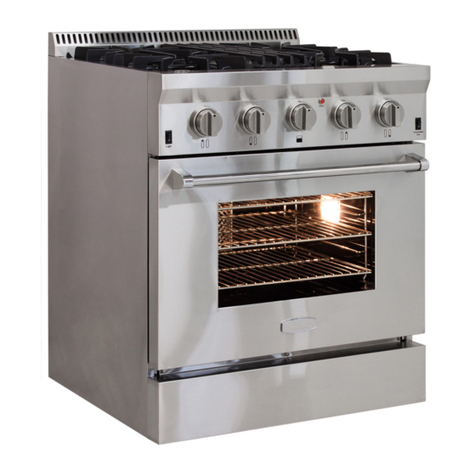
1
Read all instructions before using this appliance. Save
these instructions for future reference.
Have your appliance properly installed and grounded by
a qualied technician in accordance with the National
Electrical Code ANSI/NFPA No. 70 – latest edition, and
local code requirements. In Canada, electrical grounding
must be in accordance with the current CSA C22.1
Canadian Electrical Code Part 1 and/or local codes.
Install only as described in the installation section of this
book.
Ask your dealer to recommend a qualied technician and
an authorized repair service. Know how to disconnect the
power to the range at the circuit breaker or fuse box in
case of an emergency.
The anti-tip device supplied with this range MUST be
installed when the appliance is installed. This will reduce
risk of tipping of the appliance from abnormal usage or
by excessive loading of the oven door or storage drawer.
To avoid personal injury do not sit, stand or lean on oven
doors or drawer.
Leaning, sitting or stepping on the doors or drawer of this
range can result in serious injuries and also cause damage
to the range. Do not allow anyone to climb, stand or hang
on any part of the range.
In Case of Fire
DO NOT use water on grease res. Never pick up a
aming pan. Turn the controls o. Smother a aming
pan on a cooktop burner by covering the pan
completely with a well tting lid or baking tray. If
available use a multi-purpose dry chemical or foam-
type re extinguisher.
If re is in an oven pan, smother by closing oven door. Open
doors and windows or, if a hood is installed, turn it on to
remove smoke and odor.
To Prevent Fire or Smoke Damage
Before using the range make sure all the packing materials
have been removed.
Always keep the area around the range free from combustible
materials, gasoline, and other ammable vapors and liquids.
If the range is installed near a window, proper precautions
should be taken to prevent curtains from blowing over the
burners.
NEVER leave any items on the range cooktop. The
hot air from an oven vent may ignite ammable
items and may increase pressure in closed
containers, which may cause them to burst. Many
aerosol-type spray cans are EXPLOSIVE when
exposed to heat and may be highly ammable.
Avoid their use or storage near an appliance.
1. Before You Start...
Many plastics will burn and most are damaged by heat. Keep
plastic items away from parts of the range that may become
warm or hot. Do not leave plastic items on the cooktop as
they may burn, melt or soften if left too close to a vent or a
lighted burner.
Storage should not be installed directly above a range. If
anything is stored above the range, it should be limited to
infrequently used items, which can be safely stored in an area
subjected to heat from a range. Temperatures may be unsafe
for some items such as volatile liquids, cleaners or aerosol
sprays.
Destroy the carton and plastic bags after unpacking the
range. Never allow children to play with packaging material.
Never use this appliance as a space heater to heat or warm
the room. Doing so may result in overheating of the oven and
control knobs.
Never cover any slots, holes or passages in the oven bottom
or cover an entire rack with materials such as aluminum foil.
Doing so blocks airow through the oven. Aluminum foil
linings may also trap heat causing a re hazard.
User servicing – Do not repair or replace any part of the
appliance unless specically recommended in this User
Manual.
All other servicing should be done only by a qualied
technician; this may reduce the risk of personal injury and
damage to the range.
Never modify or alter the construction of a range by
removing leveling legs, panels, wire covers, anti-tip brackets/
screws, or any other part of the product.
DO NOT Leave Children Alone or Unattended!
Babies, toddlers and young children should not be allowed
near the range at any time. They should never be allowed to
sit or stand on any part of the appliance.
Do not allow children to climb or play around the range. The
weight of a child on an open door may cause the range to tip,
resulting in serious burns or other injury.
Teach them not to play with controls or any other part of the
range.
Never store items of interest to children in the cabinets above
a range or on backguard of a range; children climbing on the
range to reach them could be seriously injured.
DO NOT use the oven for storage.
This instruction is based on safety considerations.
Flammable materials should not be stored in an oven, the
range storage drawer or near the cooktop burners. This
includes paper, plastic and cloth items, such as cookbooks,
plasticware and towels, as well as ammable liquids. Do
not store explosives, such as aerosol cans, on or near the
appliance.
Flammable materials may explode and result in re or
property damage.
